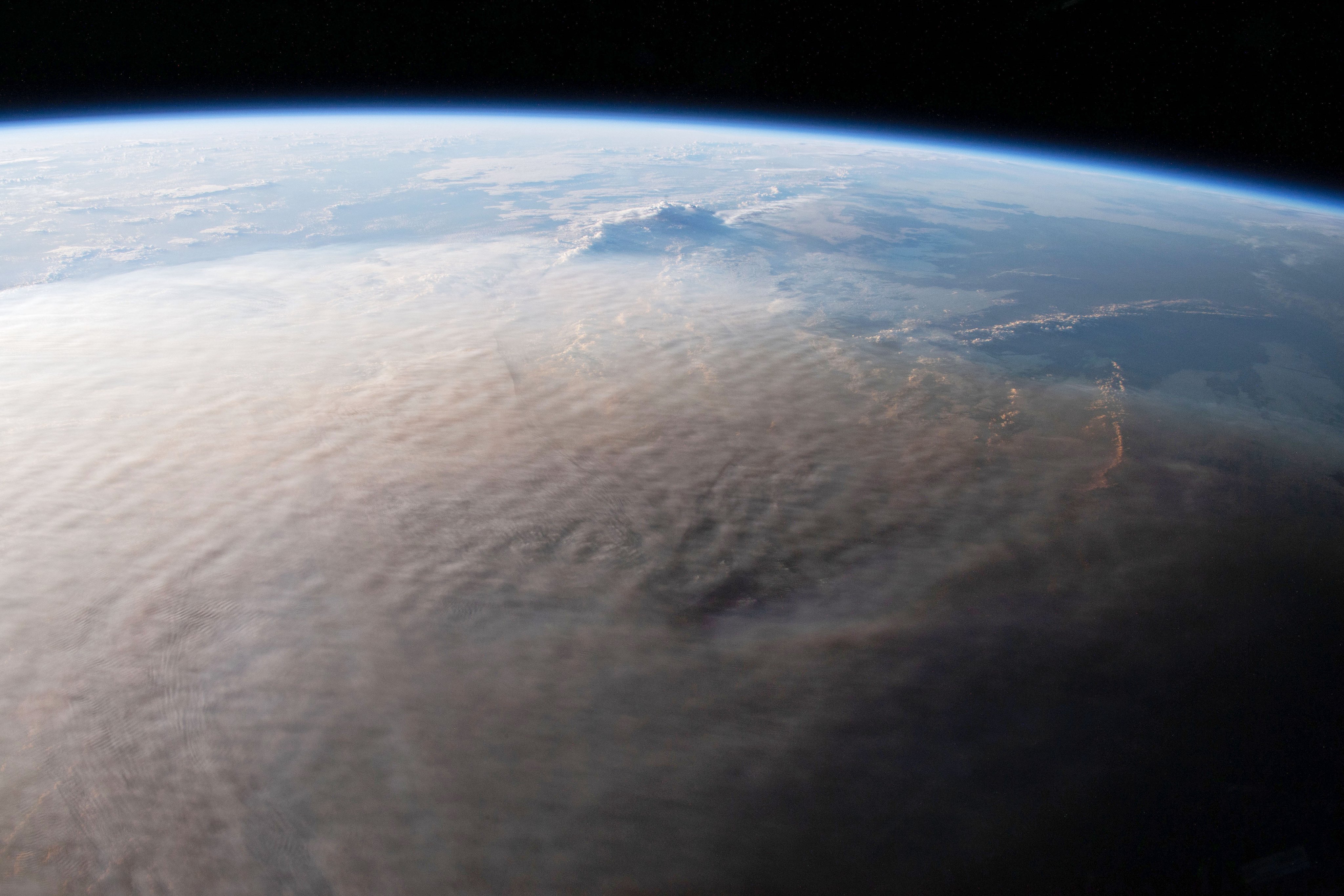2022 Tonga eruption recorded fastest ever underwater flows, new research finds

- Country:
- India
The 2022 Tonga eruption recorded the fastest underwater flows of volcanic material ever, according to new research published in the journal Science.
These flows extensively damaged the two seafloor cables connecting the South Pacific archipelago to the global telecommunications network, the research by GNS Science, National Institute of Water and Atmospheric Research (NIWA) and other institutes in New Zealand, Tonga, Australia, Germany, USA and the UK found.
Volcanic material was sent as high as 57 kilometres in the sky, when the submerged Hunga Tonga-Hunga Ha'apai Volcano erupted on January 15, 2022, it said.
The collapse of the high column of erupted material back into the ocean triggered avalanche-like flows of hot volcanic rocks, ash and gas, travelling at speeds of up to 122 kilometres an hour along the seafloor, the researchers said in their study.
These speeds were up to 50 per cent faster than any other recorded, fiercely damaging Tonga's undersea communication cables some 80 kilometres away. The eruption also excavated a huge crater to 850 metres below sea level, they said.
Seafloor samples and surveys undertaken right after the eruption showed the damage done by these powerful and dense currents.
''The height from which the volcanic column collapsed, and the resulting speed and power of the submarine flows, explains the widespread damage to the seafloor cables,'' said Cornel de Ronde of GNS Science, a co-author on the paper.
''What's impressive is that Tonga's international cable lies in a seafloor valley south of the volcano, meaning the flow had enough power to go uphill over huge ridges, and then back down again,'' said Emily Lane, NIWA's Principal Scientist for Natural Hazards and a co-author on the study.
Studying these eruption-triggered underwater flows helped them understand the hazards posed by submerged volcanoes worldwide, their study said.
The Tongan eruption, coupled with effects of climate change, has led NIWA scientists to predict that this year's ozone hole will stay around for longer than usual, potentially lasting into early southern hemisphere summer.
In a separate statement, they said that an unusual amount of water vapour was forced into the Earth's atmosphere by the volcanic eruption.
Water vapour, which produces greenhouse gas effects, enhances depletion of ozone by forming clouds above Antarctica. Ozone molecules absorb harmful ultraviolet radiations from the sun that can damage skin, acting like sunscreen for life on Earth.
There were signs that the Antarctic ozone hole, which typically reaches its greatest extent in September or October and disappears in November or December, could have formed earlier this year, NIWA's statement said.
It said that NIWA was working with organisations such as NASA and Antarctica New Zealand in measuring the chemistry in the atmosphere.
The information will help understand how events such as the Tonga eruption may be influencing the ozone hole, which has been seen to recover since the 1987 Montreal protocol banning human-produced ozone-depleting chemicals was introduced, the statement said.
(This story has not been edited by Devdiscourse staff and is auto-generated from a syndicated feed.)
- READ MORE ON:
- NIWA
- Antarctic
- GNS Science
- Earth
- Cornel de Ronde of GNS Science
- Hunga Tonga-Hunga Ha'apai Volcano
- Emily Lane
- Antarctica
- Germany
- New Zealand
- Principal Scientist for Natural Hazards
- Science
- Montreal
- Australia
- National Institute of Water and Atmospheric Research
- Tonga
- Tongan
- NASA
- Seafloor
ALSO READ
Royal Visit Down Under: King Charles and Queen Camilla's Australian Tour
Royal Visit: King Charles III Marks 17th Australian Tour Amid Health Challenges
Royal Reunion: Alpaca Charms King Charles in Australia
Swimming Australia Secures Athlete-Centric Governance Model
Royal Visit Sparks Republic Debate in Australia










